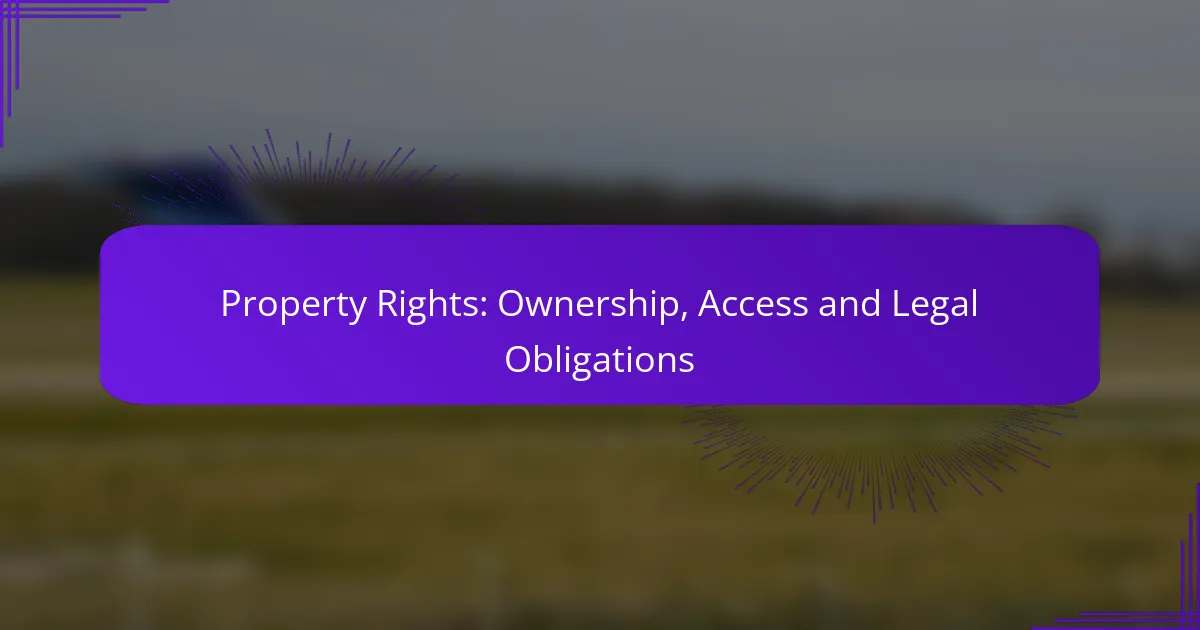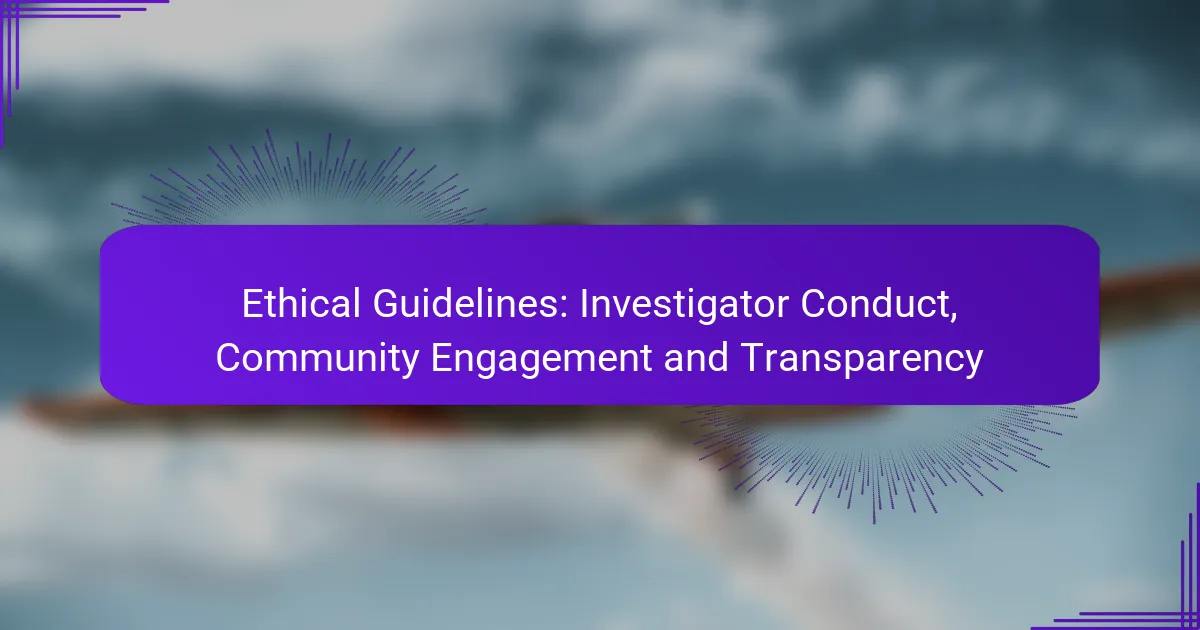Property rights in the United States are fundamental legal concepts that encompass ownership, access, transfer, exclusion, and use rights. These rights not only dictate how individuals can interact with their property but also impose legal obligations that owners must fulfill, such as maintenance and compliance with local regulations. Understanding these rights is essential for navigating land use, zoning, and community planning effectively.

What are the key property rights in the United States?
The key property rights in the United States encompass ownership, access, transfer, exclusion, and use rights. These rights define how individuals can interact with their property and what legal obligations they hold regarding that property.
Ownership rights
Ownership rights grant individuals the legal authority to possess, control, and benefit from their property. This includes the right to use the property as they see fit, within the bounds of the law. For example, homeowners can renovate their houses or rent them out, provided they comply with local regulations.
It is essential to understand that ownership can be subject to liens or mortgages, which may affect the owner’s ability to fully utilize their property. Always verify the title and any encumbrances before purchasing property to avoid unexpected obligations.
Access rights
Access rights allow property owners to enter and use their property freely. This right is crucial for maintaining and enjoying the property. For instance, a homeowner has the right to access their land for maintenance or improvement purposes.
However, access rights can be complicated by easements, which grant others the right to use a portion of the property for specific purposes, such as utility lines. Property owners should be aware of any existing easements that may limit their access or use of the property.
Transfer rights
Transfer rights enable property owners to sell, lease, or gift their property to others. This right is fundamental to the real estate market, allowing for the exchange of property ownership. When transferring property, it is vital to follow legal procedures, including drafting a sales contract and recording the deed.
Property owners should also consider tax implications, such as capital gains tax, when transferring property. Consulting a real estate attorney can help navigate these complexities and ensure a smooth transfer process.
Exclusion rights
Exclusion rights empower property owners to restrict others from entering or using their property. This right is vital for maintaining privacy and security. For example, a homeowner can legally prevent trespassers from accessing their yard.
However, exclusion rights must be exercised within legal limits. Property owners cannot use exclusion to discriminate or violate local laws. Understanding local ordinances regarding property rights can help avoid potential disputes.
Use rights
Use rights refer to the ability of property owners to utilize their property for various purposes, such as residential, commercial, or agricultural activities. These rights can be influenced by zoning laws and land use regulations, which dictate how property can be developed or modified.
Property owners should familiarize themselves with local zoning regulations to ensure their intended use complies with legal requirements. Engaging with local planning authorities can provide clarity on permissible uses and help avoid costly violations.
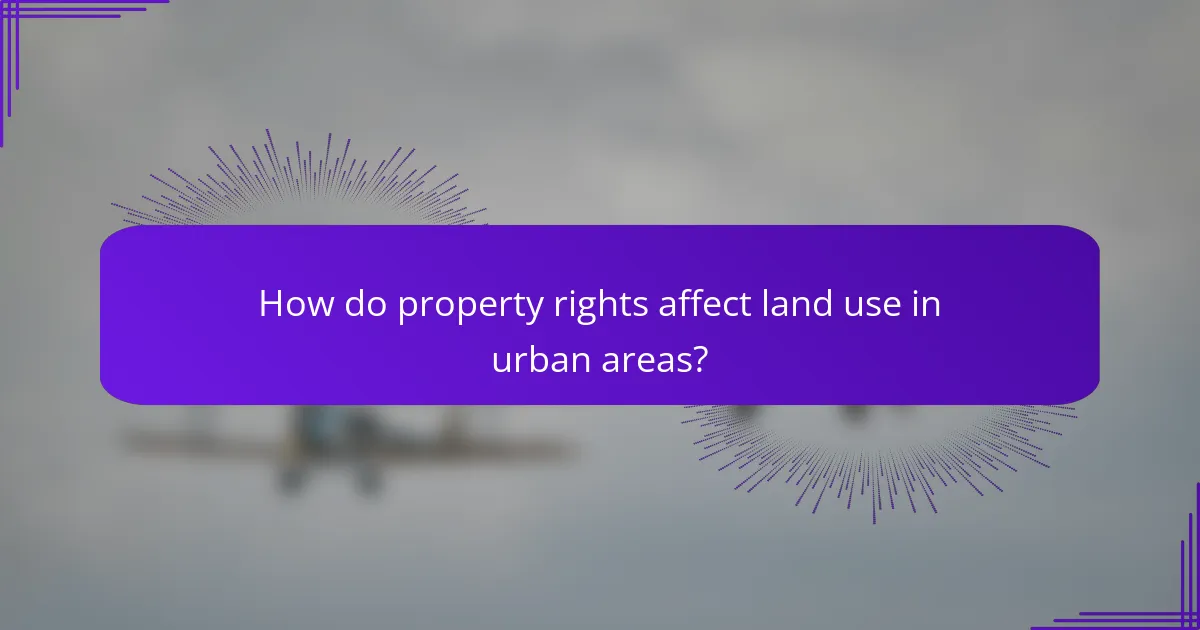
How do property rights affect land use in urban areas?
Property rights significantly influence land use in urban areas by determining how land can be utilized, developed, and accessed. These rights shape the legal framework that governs zoning, development projects, and the availability of public spaces, ultimately impacting community planning and growth.
Impact on zoning regulations
Zoning regulations are directly tied to property rights, as they dictate how land can be used within specific areas. These regulations can restrict types of buildings, their heights, and the activities that can occur on the property. For instance, residential zones may prohibit commercial activities, ensuring that neighborhoods remain primarily residential.
Landowners must understand local zoning laws to avoid legal issues and maximize their property’s potential. Engaging with local planning authorities can provide insights into permissible uses and any upcoming changes to zoning that could affect property value or usability.
Influence on development projects
Property rights play a crucial role in determining the feasibility of development projects in urban settings. Developers must secure the necessary rights to build, which often involves navigating complex legal requirements and obtaining permits. This process can vary significantly based on local laws and community standards.
Successful development often requires collaboration with local governments and adherence to community plans. Developers should conduct thorough research on property rights and engage with stakeholders to align their projects with community needs and regulatory frameworks.
Access to public spaces
Property rights also affect access to public spaces, as they can dictate how adjacent private properties interact with these areas. For example, property owners may have rights that limit public access or require specific easements for pathways and parks. Understanding these rights is essential for both property owners and urban planners.
In many urban areas, maintaining a balance between private property rights and public access is crucial. Local governments often implement policies that encourage public access while respecting property rights, such as creating pedestrian pathways that connect neighborhoods to parks or public transit.
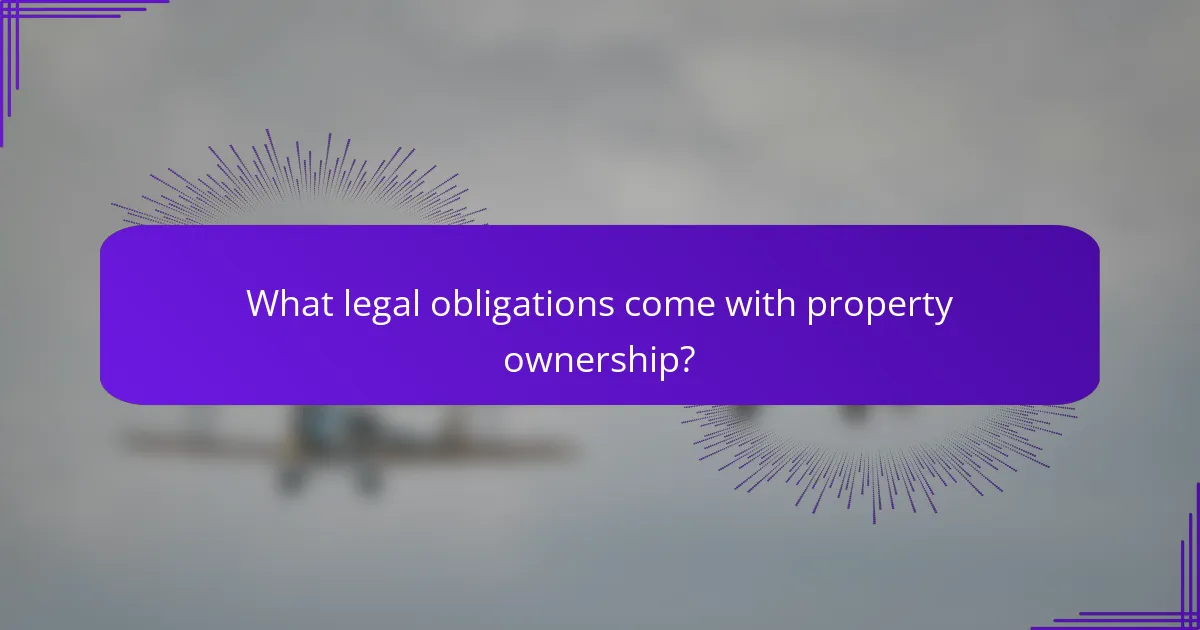
What legal obligations come with property ownership?
Property ownership comes with several legal obligations that owners must fulfill to maintain their rights and avoid penalties. These obligations typically include responsibilities related to maintenance, taxes, and compliance with local laws.
Maintenance responsibilities
Property owners are generally required to keep their properties in good condition, ensuring safety and habitability. This includes regular upkeep such as landscaping, repairs, and addressing any hazards that may arise.
Neglecting maintenance can lead to legal issues, including fines or liability for injuries. Owners should create a maintenance schedule and budget for repairs to avoid unexpected costs.
Tax obligations
Property ownership entails paying various taxes, primarily property taxes, which are typically assessed annually based on the property’s value. Rates can vary significantly by location, so it’s crucial for owners to understand their local tax structure.
In addition to property taxes, owners may also be responsible for income taxes on rental income if the property is leased. Keeping accurate financial records and consulting with a tax professional can help ensure compliance and optimize tax liabilities.
Compliance with local laws
Owners must adhere to local zoning laws, building codes, and regulations that govern property use and development. These laws can dictate everything from the types of structures allowed to the hours of operation for businesses.
Failure to comply with these regulations can result in fines or legal action. It’s advisable for property owners to familiarize themselves with local ordinances and consult with legal experts when making significant changes to their property.

How can property rights be enforced?
Property rights can be enforced through various legal and informal mechanisms, ensuring that owners can protect their interests and access their properties. Key methods include legal action in courts, mediation, arbitration, and community enforcement strategies.
Legal action through courts
Legal action is a formal way to enforce property rights, typically involving filing a lawsuit in a civil court. This process can address disputes over ownership, access, or violations of property rights, with outcomes determined by a judge or jury.
When pursuing legal action, it’s crucial to gather evidence, such as property deeds, photographs, and witness statements. Costs can vary widely, often ranging from hundreds to thousands of dollars, depending on the complexity of the case and legal fees.
Mediation and arbitration
Mediation and arbitration are alternative dispute resolution methods that can be less formal and more cost-effective than court proceedings. Mediation involves a neutral third party helping the disputing parties reach a mutually agreeable solution, while arbitration results in a binding decision made by an arbitrator.
These methods can save time and resources, often resolving disputes within weeks or months. They are particularly useful for neighbors or small property disputes where maintaining relationships is important.
Community enforcement mechanisms
Community enforcement mechanisms involve local groups or associations taking action to uphold property rights. This can include neighborhood watch programs, homeowners’ associations, or community mediation boards that address issues like trespassing or property damage.
Engaging with community resources can foster cooperation and prevent disputes from escalating. However, the effectiveness of these mechanisms often depends on the level of community involvement and the established rules governing property use.
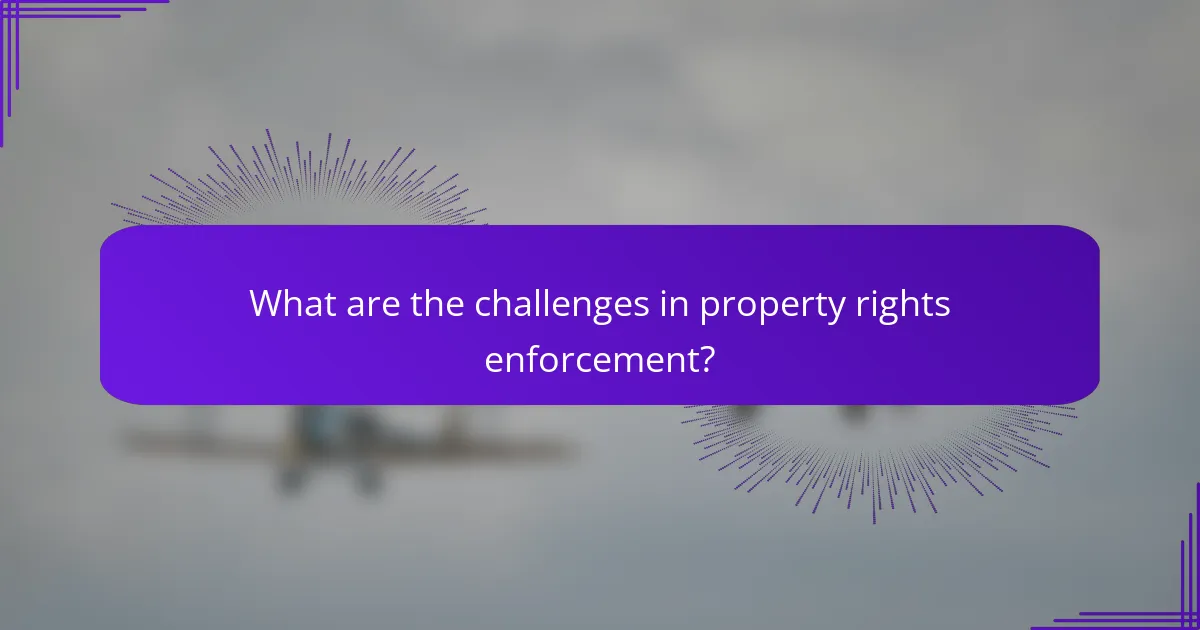
What are the challenges in property rights enforcement?
Challenges in property rights enforcement often stem from disputes, legal ambiguities, and illegal activities. These issues can complicate ownership claims and access rights, leading to significant legal and financial consequences for property owners.
Disputes over boundaries
Boundary disputes arise when property lines are unclear or contested. These conflicts can involve neighbors disagreeing on where one property ends and another begins, often leading to legal battles that can be costly and time-consuming.
To resolve boundary disputes, property owners should consider obtaining a professional survey to clarify property lines. Engaging in open communication with neighbors can also help prevent misunderstandings and foster amicable resolutions.
Adverse possession claims
Adverse possession allows individuals to claim ownership of land they have occupied without permission, under certain conditions. Typically, this requires continuous and open use of the property for a specified period, which varies by jurisdiction.
Property owners should be aware of the timeframes and requirements for adverse possession in their area to protect their rights. Regularly inspecting and maintaining property boundaries can help deter potential claims from trespassers.
Illegal land use
Illegal land use occurs when property is utilized in ways that violate zoning laws or regulations. This can include unauthorized construction, commercial activities in residential areas, or failure to adhere to environmental regulations.
Property owners must understand local zoning laws and obtain necessary permits before making changes to their property. Regularly reviewing land use regulations can help prevent violations and potential legal issues.
